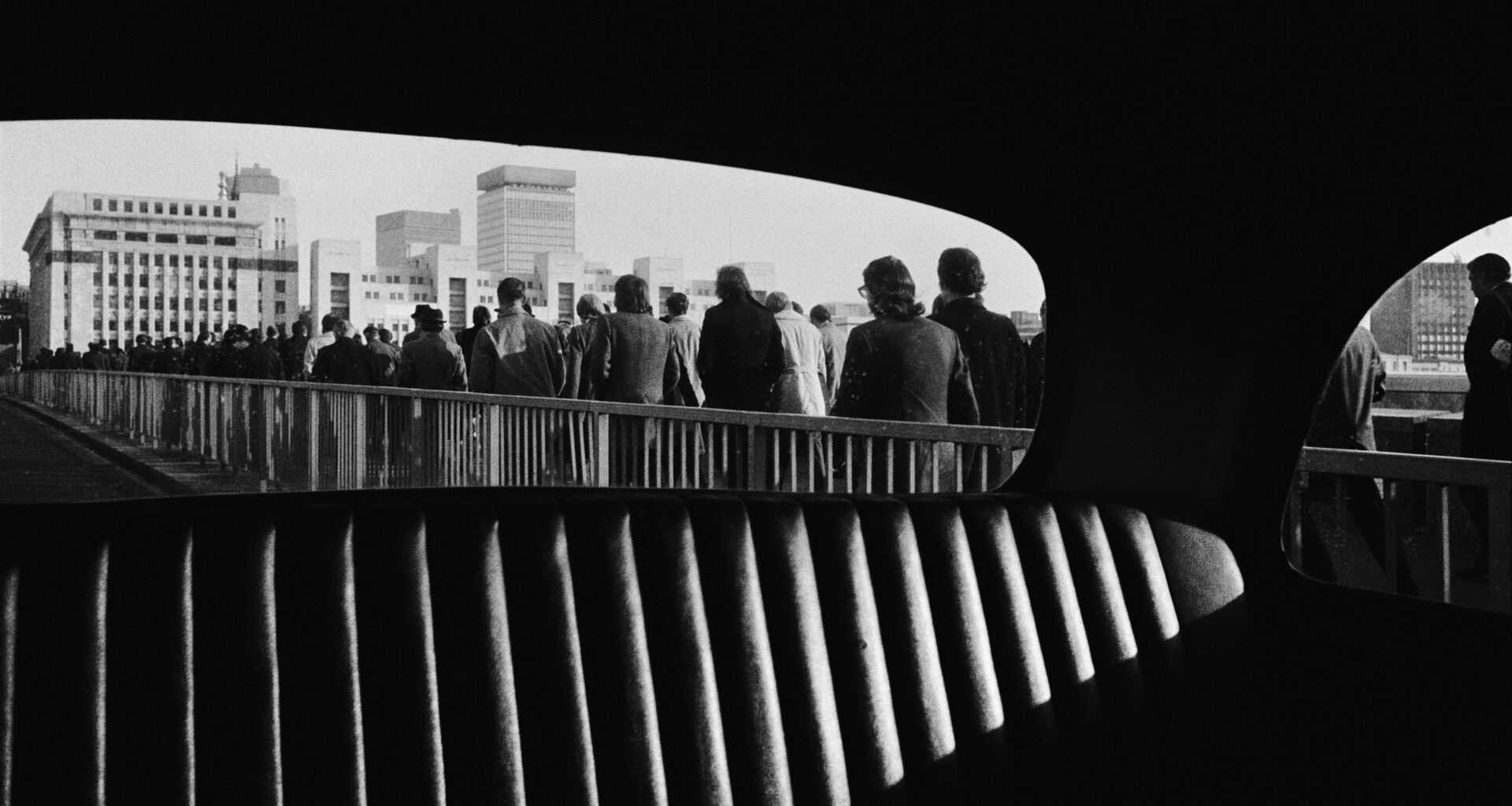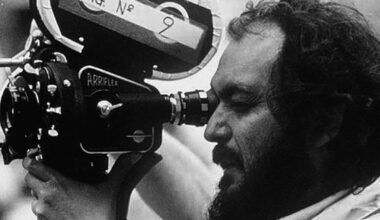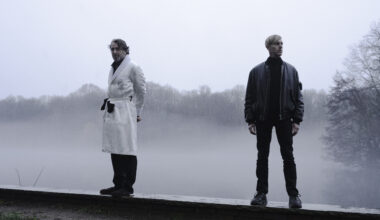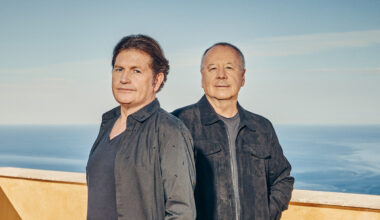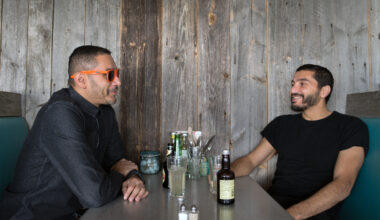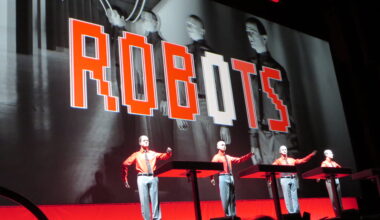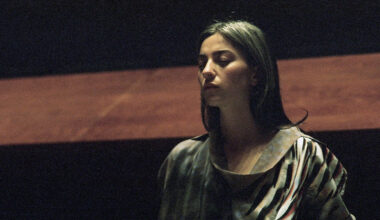You will know the iconic work of photographer Brian Griffin from a raft of classic 1980s album sleeves, including the cover of Ultravox’s ‘Vienna’, the inspiration for which lay in the pages of business magazines
Want to read more?
Sign up to Electronic Sound Premium to gain access to every post, video, special offers, and more. 100%, all you can eat, no commitment, cancel any time.
Already a premium member? Log in here
